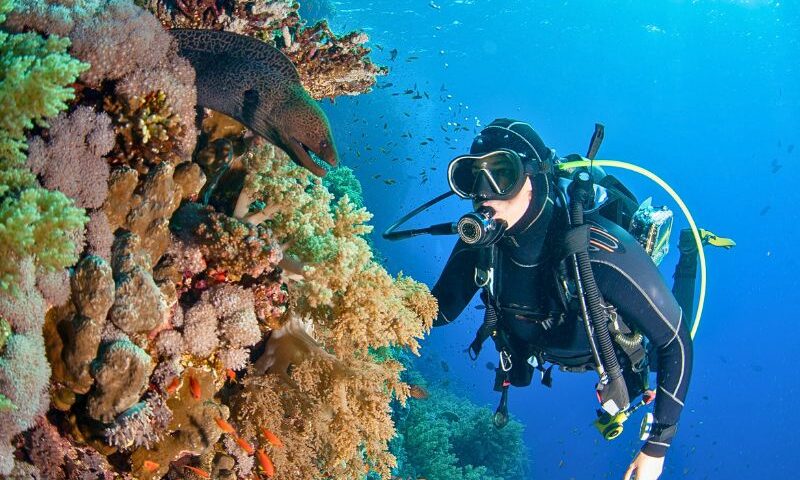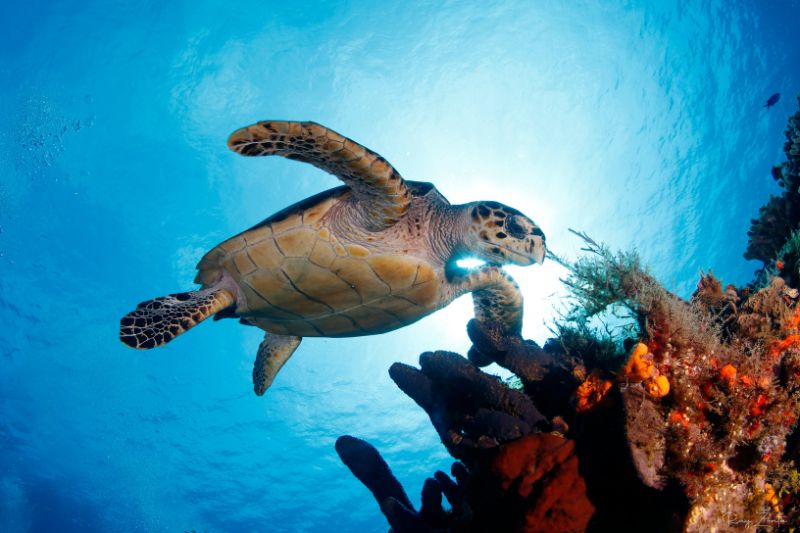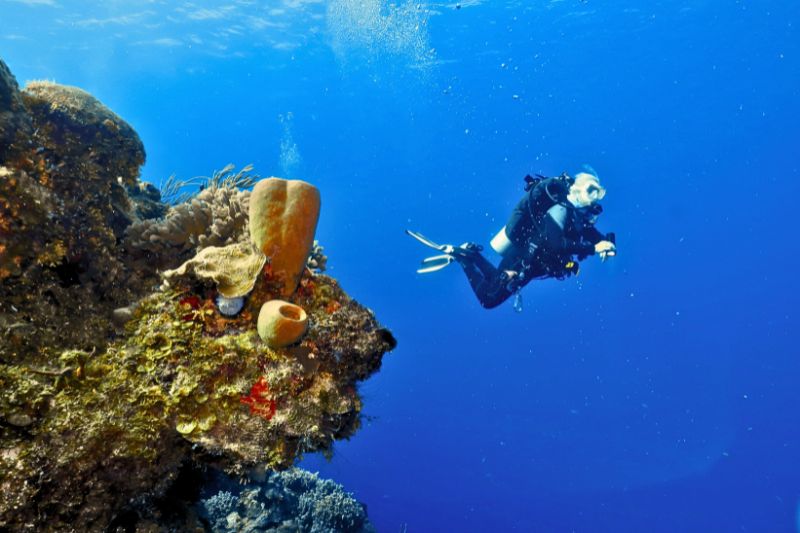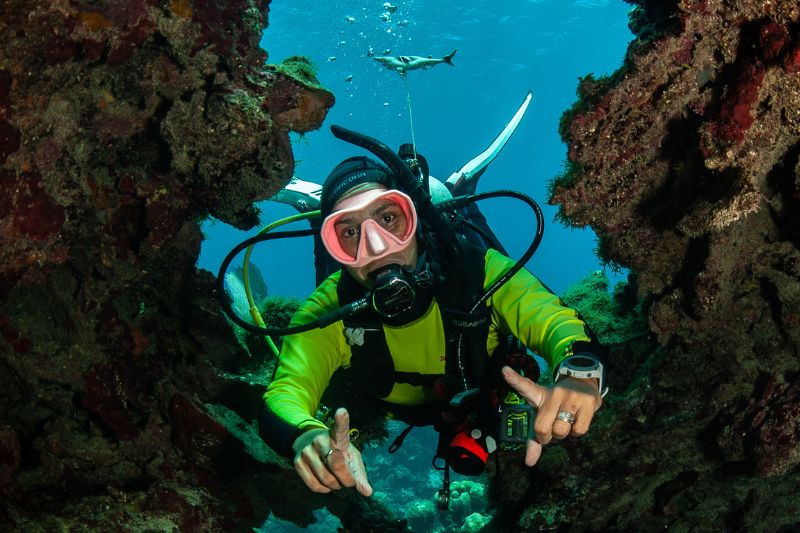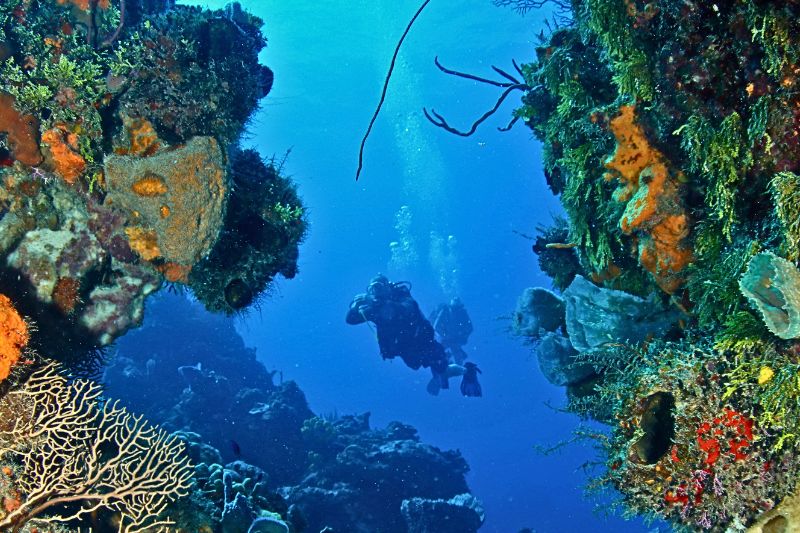What I’m about to tell you about wall diving will blow your mind.
If you’re not a diver, you might feel a little dizzy just imagining it. And if you are, welcome to the addiction, because diving along vertical walls is seriously addictive.
Picture this: you jump into the water, start descending, and suddenly, the ocean floor disappears. What was once a colorful reef transforms into a seemingly endless blue abyss. You look down, and the wall stretches endlessly into the deep, fading into the blue void. It feels like floating in space… but with vibrant fish swimming all around you.
At some point, your instincts scream:
“How am I supposed to dive here? There’s no bottom!”
But you keep going. You float, glide along the wall, and move with the current. That’s when it hits you, wall diving is one of the most breathtaking experiences in the underwater world.
That said, it’s not just about diving and having fun.
Diving off a sandy beach is one thing. Dropping along a sheer vertical wall that plunges into the abyss? That’s a whole different story. There are tricks, techniques, and secrets you need to know.
What are we covering in this article?
• What exactly is wall diving, and why is it so spectacular?
• The best wall diving destinations in the world (so you don’t miss out).
• How to handle unpredictable currents.
• The common mistakes divers make, and how to avoid them.
So, if adventure is your thing and you want to experience the most awe-inspiring side of diving, keep reading.
If not, you can always go back to diving in your neighbourhood pool. Your call.




